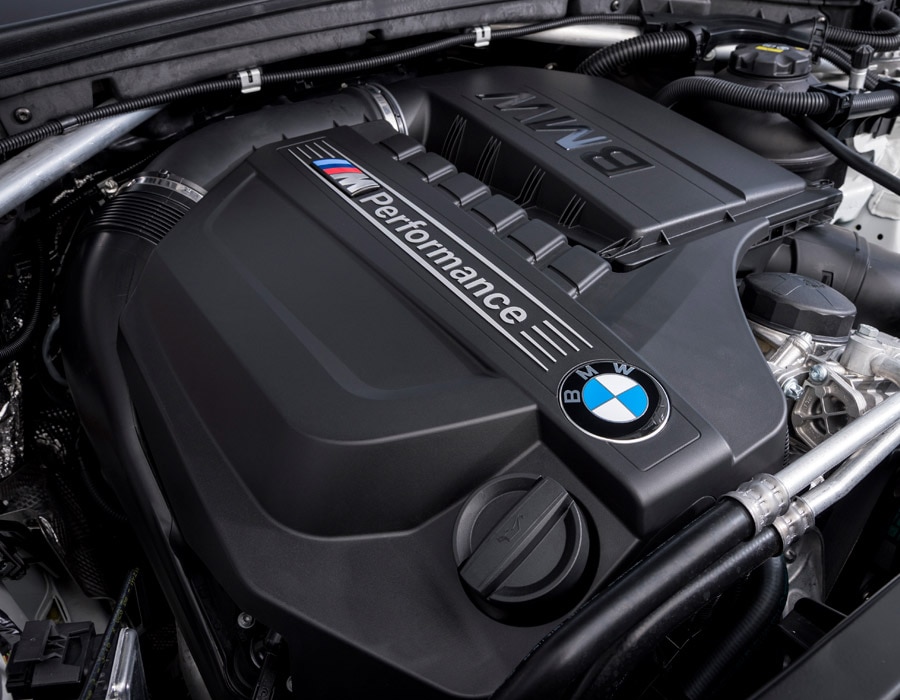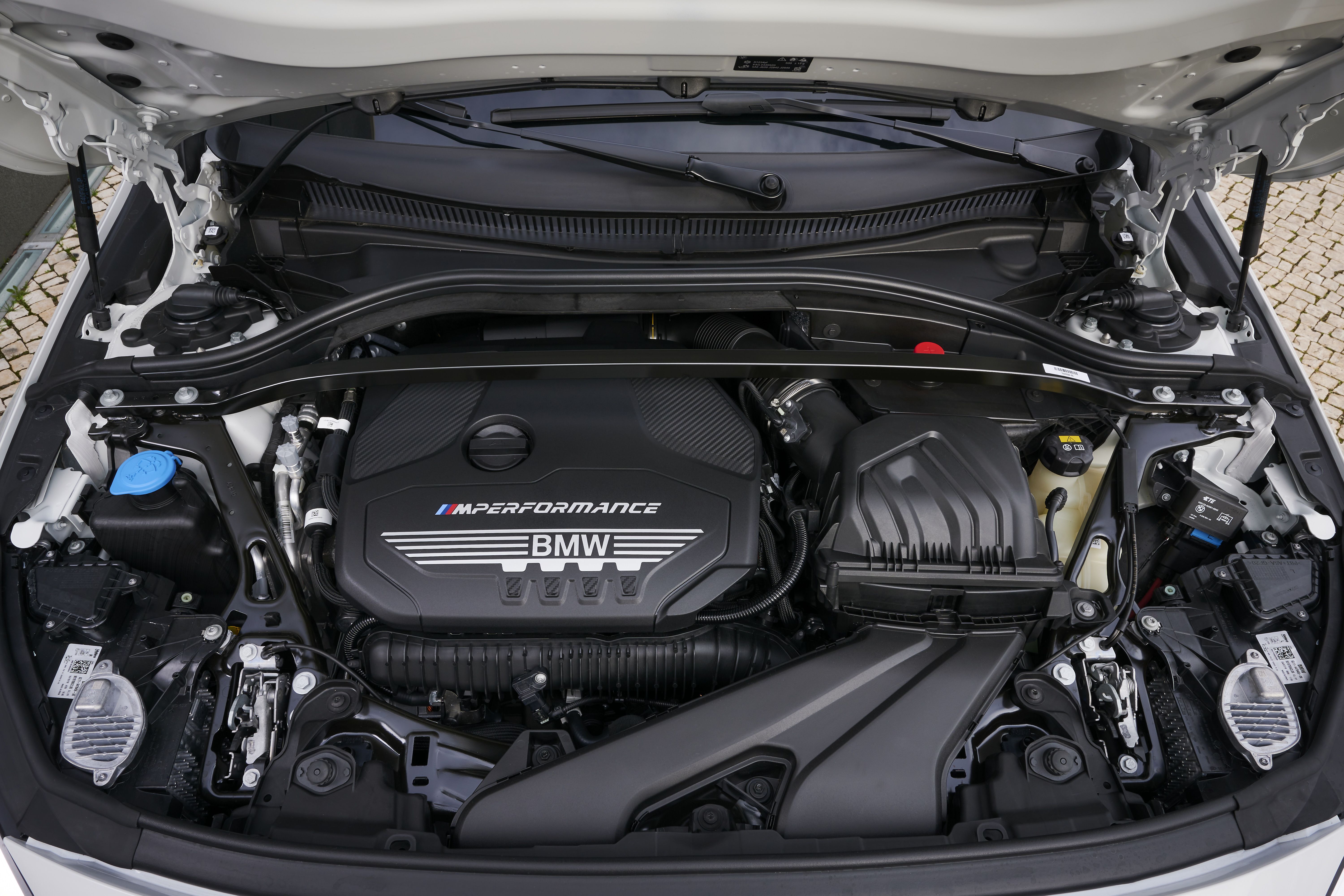Discovering the Advancement of Burning Engines in Modern Transport Equipments
As we browse the landscape of modern transportation, the development of combustion engines stands as a testament to human resourcefulness and design prowess. The interaction of history, technology, and ecological worries in shaping the trajectory of combustion engines produces a narrative that is both engaging and informative.
Early Beginnings of Combustion Engines
How did the principle of combustion engines first arise in the onset of transportation development? The roots of burning engines can be traced back to the 17th century when the concepts of internal burning were first discovered. In 1673, Christian Huygens conceptualized a fundamental internal combustion engine that made use of gunpowder to produce power. However, it wasn't up until the late 19th century that sensible applications of combustion engines in transport began to arise.
The advancement minute came with the invention of the very first effective gasoline-powered engine by Karl Benz in 1885 - bmw engine. This engine led the way for the growth of the modern vehicle, changing transportation systems worldwide. Subsequent advancements by Nikolaus Otto and Gottlieb Daimler even more improved burning engine technology, causing the automation of automobiles and the fast growth of the transport sector
These very early combustion engines were characterized by their simplicity and efficiency, laying the foundation for the complex and effective engines made use of in modern-day transport systems. The advancement of burning engines has actually contributed fit the means we take a trip and move items, noting a substantial turning point in the history of transportation advancement.
Change to Internal Burning Innovation
The transition to internal burning modern technology marked a critical shift in the advancement of transport systems. This shift started in the late 19th century, with developers like Nikolaus Otto and Gottlieb Daimler developing the very first effective internal combustion engines. These engines transformed transportation by offering an extra powerful and reliable option to heavy steam engines and electrical motors.
Among the vital advantages of interior combustion engines was their capability to be scaled down to suit vehicles, causing the development of bikes and vehicles. This shift from cumbersome, fixed engines to compact, mobile ones led the way for the modern-day transportation systems we see today.
The change to interior burning innovation likewise spurred developments in gas modern technology, bring about the growth of fuel and diesel as key gas sources for lorries. This change not only made transport extra obtainable to the masses yet also laid the structure for the oil and gas industry to end up being essential to international economies.
Effect of Combustion Engines on Transport
The fostering of combustion engines in transport systems militarized an extensive change in the efficiency and rate of global movement. Combustion engines revolutionized transport by providing a functional and dependable source of power for various cars, including cars and trucks, vehicles, airplanes, and ships. This technology substantially improved the ability for goods and individuals to conform fars away in much shorter time structures, resulting in boosted connectivity between regions and nations.
Additionally, the extensive usage of combustion engines has had a considerable effect on economic growth. The ability to transport goods efficiently has actually stimulated profession and commerce, enabling services to expand their markets and get to consumers worldwide. This has facilitated financial development and globalization, as products can now be transported quicker and in bigger quantities than ever.
However, the ecological impact of burning engines can not be forgotten. The burning of nonrenewable fuel sources has actually brought about air contamination and greenhouse gas discharges, adding to environment adjustment and posing wellness threats to populaces. bmw engine. As a result, there is a growing emphasis on establishing different propulsion innovations to alleviate these unfavorable impacts and produce a more sustainable future for transportation
Innovations in Combustion Engine Design
One significant innovation is the development of turbocharged engines, which make use of exhaust gases to drive link a wind turbine that compresses incoming air, enabling for more fuel to be burned, resulting in enhanced power outcome without a considerable rise in engine dimension. Variable valve timing systems have actually likewise reinvented engine style by maximizing air flow at different engine speeds, boosting both power and effectiveness. These developments collectively add to the continual improvement of combustion engines in contemporary transport systems.
Future Patterns in Combustion Engine Development
With innovation advancements driving constant technology, the future of burning engine development is positioned to reinvent transportation systems worldwide. One of the crucial trends in combustion engine growth is the press in the direction of better efficiency and reduced discharges.
One more prominent fad is the fostering of hybrid modern technologies in burning engines. Crossbreed engines integrate conventional combustion technology with electric power, using improved fuel effectiveness and reduced exhausts. As the auto sector shifts in the direction of electrification, crossbreed combustion engines are viewed as a transitional option that connects the void in between standard vehicles and fully electrical ones.
In addition, the assimilation of smart innovations, such as artificial intelligence and information analytics, is anticipated to go to the website play a substantial role in the future of combustion engine growth. These innovations can enhance engine performance in real-time, leading to much more reliable combustion processes and boosted overall car performance. Welcoming these future patterns will certainly not only drive technology in combustion engine growth however additionally contribute to a more ecologically friendly and sustainable transport ecosystem.

Conclusion
In verdict, the development of burning engines in contemporary transport systems has been marked by significant improvements in innovation and style. From the early beginnings of burning engines to the change to interior combustion technology, these engines have actually had an extensive effect on transportation. Developments in burning engine design remain to drive development in this area, with future fads concentrating on more boosting performance and reducing emissions. The future of burning engines in transport looks encouraging as r & d initiatives continue to press limits.
The roots of burning engines can be mapped back to the 17th century when the concepts of internal burning were first discovered. These engines transformed transport by offering a much more effective and effective choice to heavy steam engines and electric motors.

 Barry Watson Then & Now!
Barry Watson Then & Now! Monica Lewinsky Then & Now!
Monica Lewinsky Then & Now! Robbie Rist Then & Now!
Robbie Rist Then & Now! Mike Smith Then & Now!
Mike Smith Then & Now! Naomi Grossman Then & Now!
Naomi Grossman Then & Now!